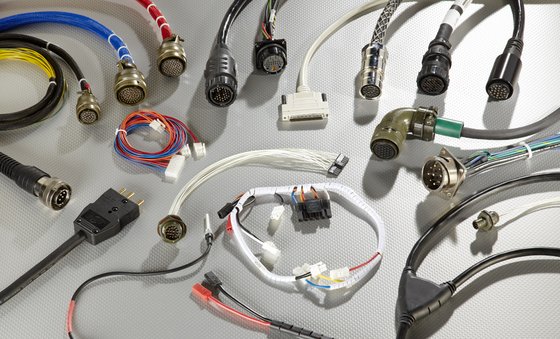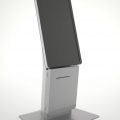Now-a-days, a lot of USB connectors used. We use them to plug in our video game systems, to charge our cell phones and digital cameras, and well, just about any other electronic device imaginable. The point is that we use them all the time, but do we really know what they are? Probably we do not. The USB is something we have in our hands all the time, but never really knew we were ignorant about until now. This is because USB connectors take for granted, in general. So today, we will expand your mind and explain to you what these nifty little devices are, what they do, and the different ways they are used.
USB stands for Universal Serial Bus. This is an industry standard that was developed during the mid-1990s that defines the cables, connectors and communications protocols used in a bus for connection, communication and power supply between computers and electronic devices. In short, this device was created so that the connection of computer peripherals standardized. Computer peripherals include elements such as keyboards, pointing devices, digital cameras, printers, portable media players, disk drives and network adapters. The USB did his job in simplifying things for us consumers as well as companies manufacturing equipment and industry specialists.
The Universal Serial Bus does two jobs at once. Signals and information transfer between two communicating devices. Take, for example, a keyboard. The USB keyboard to the computer tower connects the letters to be displayed on the screen and the keyboard shortcuts that you use, among other things it communicates. A USB also transmits images from your digital camera to the computer tower so the tower computer can transmit back to the monitor. All this is transferred and communicates via USB.
The second work of USB connectors are for transmitting and supplying electrical energy to digital devices. This works much the same way as traditional stopper and output. The difference is that a USB can transfer electricity from one object to another. For anyone using an electronic tablet, an example is when the USB is used for charging them. The USB is the transfer of power from the computer to the tablet.
Different Size variations:
The Universal Serial Bus comes in three different sizes. These sizes are known as the A-plug, B-cap and micro-USB.
The A-plug is 12 mm wide and 4.5 mm high. It consists of four pins in a row, alternating positive and negative signals.
The connection B is 8.45 mm wide and 7.78 mm high. It consists of four pins, two pins on the top and two pins on the bottom. Positive and negative signals alternate up and down, and side to side.
Micro-USB connectors (also known as the Mini-USB) are only 7 mm wide and 1.5 to 3 mm in height. It is a miniature version of either the pin or plug B. A
We hope you have illuminated some of the complexities of the Universal Serial Bus. Today, take a look at all the things you do with your USBs and see how important it really has become the present.
The information was shared on behalf of www.gradconn.com. GradConn’s range of Micro USB2.0 connectors are available in both B and AB types, mid and bottom mount, 5 contacts a height from 1.59mm above the PCB, up to 10,000 cycles and packed in tape and reel.






























